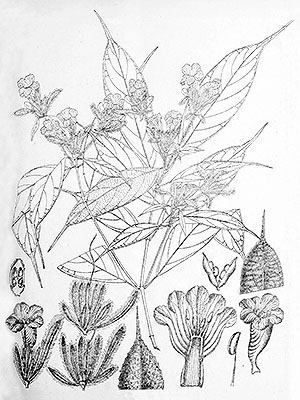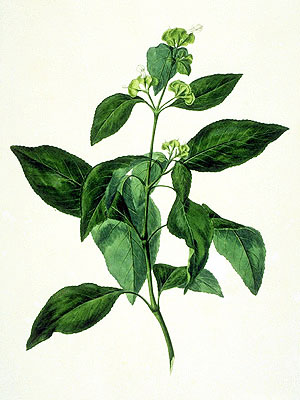Maclear’s Dicliptera (Dicliptera maclearii)
Maclear’s Dicliptera was described in 1890; it is endemic to Christmas Island in the Indian Ocean.
The species was originally found to be “common on [the] shore platform” [1] but has not been seen since the 1960s and might now be extinct. [2]
*********************
References:
[1] Charles William Andrews: A monograph of Christmas Island (Indian Ocean). London: printed by order of the Trustees 1900
[2] D. J. James; P. T. Green; W. F. Humphreys; J. C. Z. Woinarski: Endemic species of Christmas Island, Indian Ocean. Records of the Western Australian Museum 34: 55-114. 2019
*********************
edited: 18.02.2024





